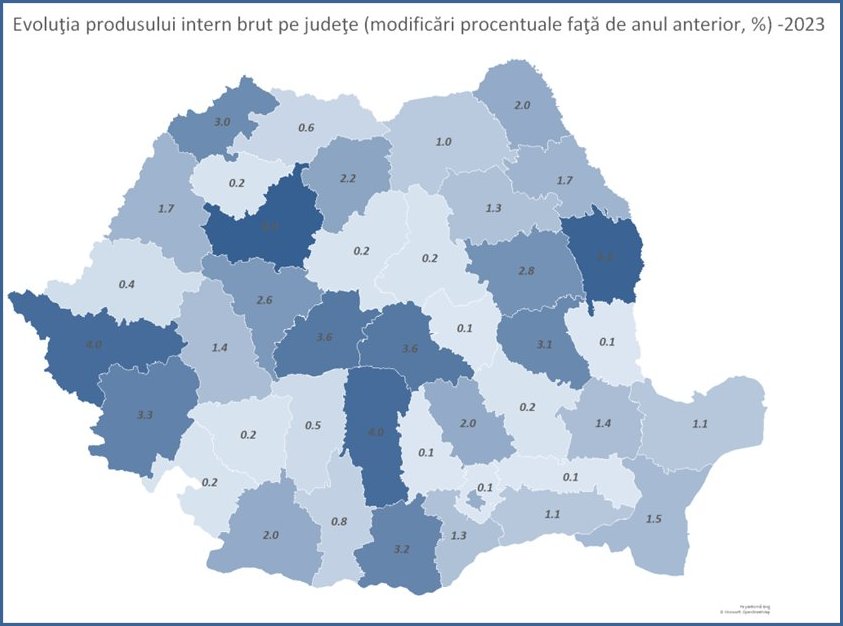The Romanian Bureau of Statistics announced that the Romanian economy grew by 0.8% in the second quarter of 2024, one of the highest rates in the EU.
The average growth rate in the euro zone for the second quarter was 0.3%.
Despite the fact that the Romanian economy is showing signs of improvement, with unemployment reasonable, investment picking up and inflation falling, many Romanians are still pessimistic about the economy and their personal finances.
And they have reasons for that.
While the overall economy is growing, at the micro level Romanians are still facing developments that have significant impacts on their disposable income.
The high prices of products and services that are an integral part of the household budget for many households (think food, utility bills, child care or education) put pressure on household finances, even though inflation, as reported by statistics, shows a downward trend and economic growth an upward one.
On top of that, economic inequality is still high in Romania.
There are large wage gaps and there are large differences between pensions, ‘special’which are quite generous and ‘ordinary’ pensions, which just cover the subsistence minimum.
Regional differences are also large.
Economic growth varies greatly from province to province.
The National Strategy and Forecast Commission’s calculations for this year show that the provinces with the lowest economic growth are Dâmbovița, Olt and Maramureș, and on the other hand Bucharest, Brașov or Constanța have the highest economic growth.  GDP, the standard indicator of economic growth, is not designed to measure well-being.
GDP, the standard indicator of economic growth, is not designed to measure well-being.
It only measures the size of the economy, not the level of well-being of the people in that economy.
Relying too much on GDP as a comprehensive indicator of development can be misleading, and that is certainly the case here.
